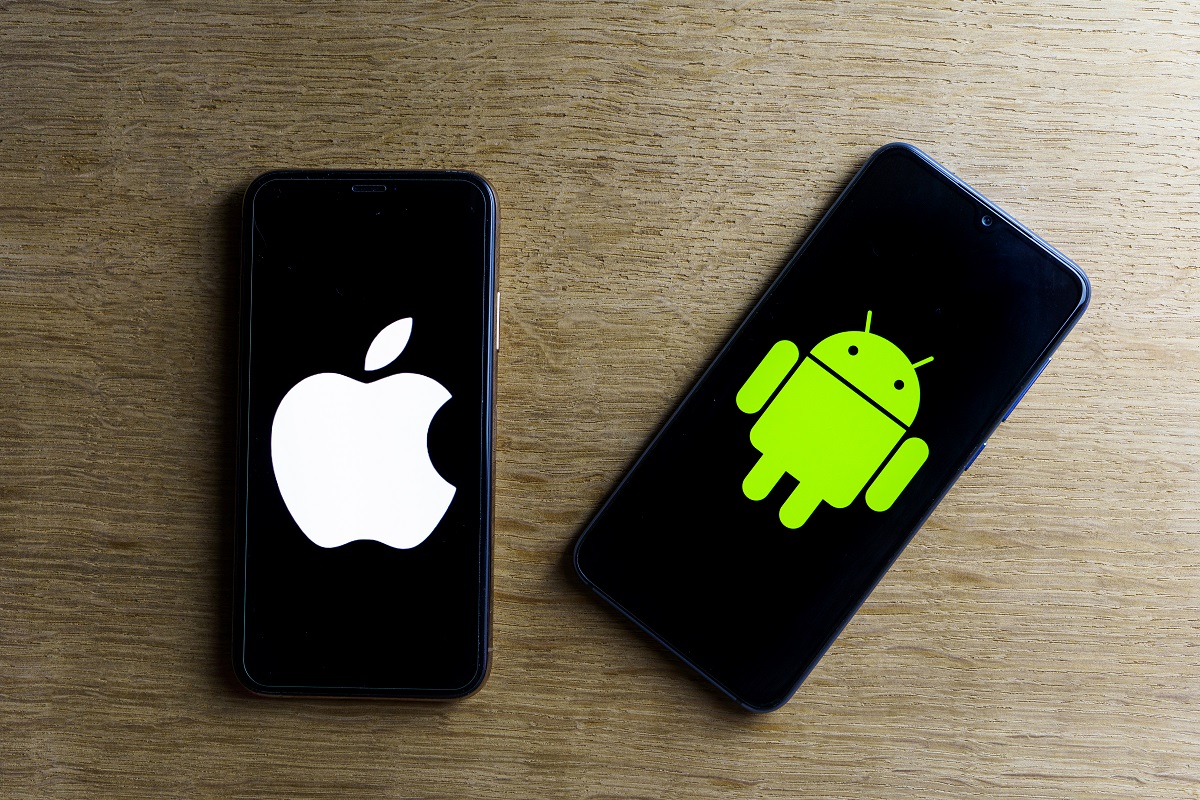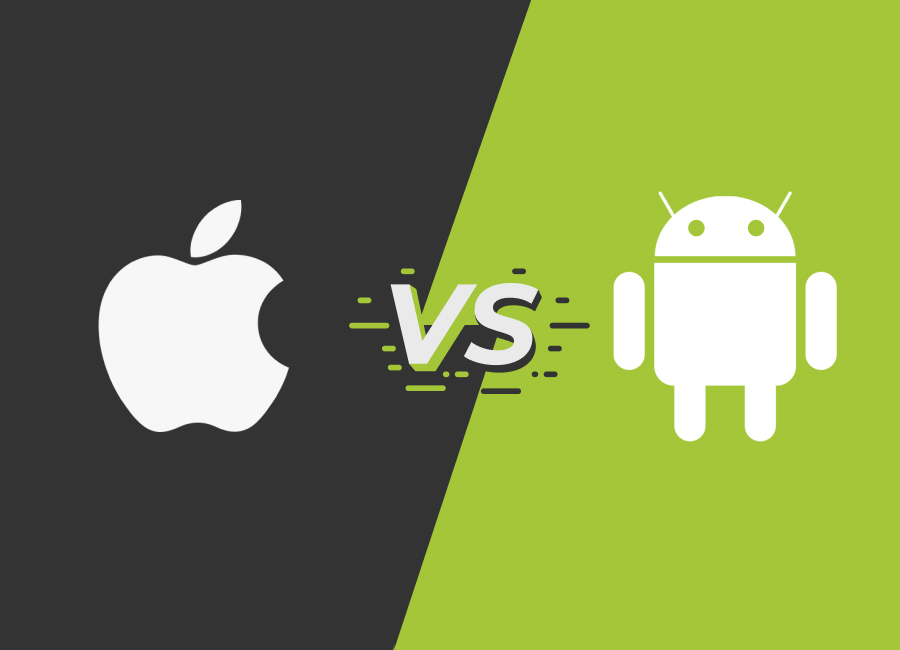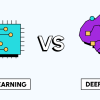The eternal smartphone debate continues to rage on: iPhone or Android? In 2025, this choice has become more nuanced than ever, with both platforms offering compelling features that cater to different user preferences and lifestyles. While Android dominates the global market with a commanding 71% market share, iPhone users demonstrate significantly higher spending power, generating $87 billion in App Store revenue compared to Android’s $48 billion.
This disparity reveals a fascinating truth about smartphone ecosystems: it’s not just about numbers, but about understanding what each platform offers and how it aligns with your personal needs. Android’s strength lies in its open-source flexibility and customization options, allowing users to tailor their experience across a vast range of devices, from budget-friendly to premium flagships. Meanwhile, iPhone excels in delivering a seamless, integrated ecosystem with consistent performance, regular updates, and premium build quality.
The decision between these platforms extends beyond mere preference—it impacts your daily workflow, app usage, security considerations, and long-term investment. Whether you prioritize customization freedom, ecosystem integration, budget flexibility, or premium performance, understanding the core differences between iPhone and Android will help you make an informed choice that enhances your digital lifestyle for years to come.
Hardware and Design Philosophy
The fundamental difference between iPhone and Android lies in their hardware approach. iPhone users are limited to Apple’s curated lineup, ensuring consistent quality but fewer options. Apple’s 2025 devices feature the powerful A18 Bionic chip, delivering exceptional performance and energy efficiency that consistently tops benchmark charts.
Android offers tremendous variety in hardware options, from budget devices under $200 to premium flagships exceeding $1,000. This diversity means Android users can choose devices with different screen sizes, processors, camera configurations, and price points. Samsung, Google, OnePlus, and Xiaomi each bring unique design philosophies and features to the Android ecosystem.

Navigation differences remain significant: Android phones typically feature physical or virtual navigation buttons, while iPhones rely entirely on gesture-based navigation. This can impact user preference, especially for one-handed operation.
Customization and User Interface
Android’s greatest strength is customization freedom. Users can completely transform their home screens, install custom launchers, change default apps, and even install apps from third-party sources. The Material You design system creates dynamic themes that adapt to wallpapers and user preferences.
iOS has dramatically improved its customization game with recent updates, now offering widget placement freedom, color tinting, and interactive wallpapers. However, it remains more restrictive than Android, maintaining Apple’s philosophy of simplicity and consistency.
Android’s file management system operates like a traditional computer, allowing direct access to folders and easy file transfers between devices. iPhone’s file management, while improved, remains more limited and app-centric.
App Ecosystem and Security
The App Store maintains stricter quality control, resulting in fewer buggy applications but longer approval times. iPhone users typically spend more on apps and in-app purchases, making iOS attractive for premium app developers.
Google Play Store offers greater app variety with over 3.5 million apps compared to iOS’s 1.6 million. Android’s open nature allows installation from multiple sources, providing access to apps unavailable on official stores.
Security approaches differ significantly: iOS benefits from Apple’s closed ecosystem and strict app guidelines, making malware less common. Android’s open nature requires more user vigilance, though Google has significantly improved security measures in recent years.
Performance and Updates
iPhone delivers consistent performance across all devices due to Apple’s tight hardware-software integration. Regular, simultaneous updates ensure all compatible devices receive new features and security patches immediately.
Android performance varies by manufacturer and price point. Flagship devices rival iPhone performance, but budget options may lag significantly. Update schedules depend on manufacturers, creating fragmentation where some devices receive updates months later or not at all.
Price and Value Proposition
iPhones command premium pricing but typically retain value better over time. The higher upfront cost often translates to longer device lifespan and better resale value.
Android offers options across all price ranges, from ultra-budget devices to premium flagships matching iPhone prices. This flexibility makes Android accessible to broader demographics, particularly in emerging markets.




